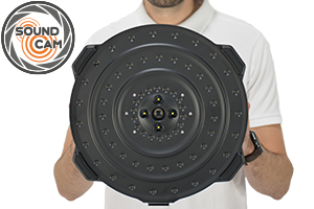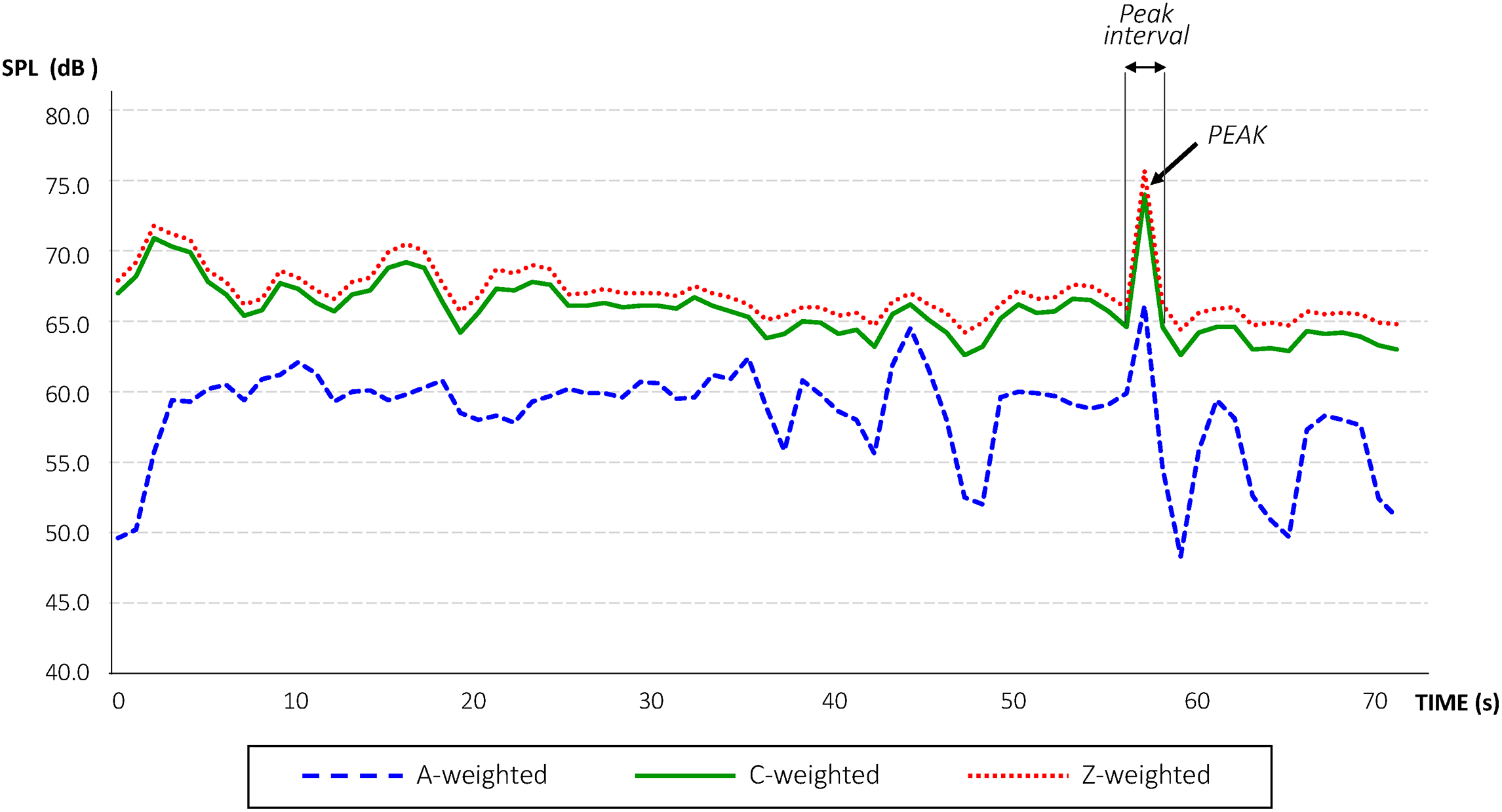

This allowed us to perform unprecedented analyses. We collected a large database of mouth clicks with three blind people expertly trained in echolocation. mouth click) that people use for echolocation, and in this way provides data that can be used to advance the field in a theory guided way. The current report characterizes the transmission (i.e. Human echolocation work has built on scant theoretical foundations to date.

Remarkably, some blind people have developed extraordinary proficiency in echolocation using mouth-clicks. It is well known from certain species of bats or marine mammals. loudspeaker, microphones), and which will help understanding the link between physical principles and human behaviour.Įcholocation is the ability to use sound-echoes to infer spatial information about the environment. Relatedly, the data are a basis to develop synthetic models of human echolocation that could be virtual (i.e. The data we present here suggest similar research opportunities within the context of human echolocation. For example, in bats, spatial and spectro-temporal features of emissions have been used to derive and test model based hypotheses about behaviour. These results are a step towards developing computational models of human biosonar. We provide model parameters for each echolocator. Based on our measurements we propose to model transmissions as sum of monotones modulated by a decaying exponential, with angular attenuation by a modified cardioid. This differs from previous reports of durations 3-15ms and peak frequencies 2-8kHz, which were based on less detailed measurements. In terms of spectro-temporal features, our data show that emissions are consistently very brief (~3ms duration) with peak frequencies 2-4kHz, but with energy also at 10kHz. Our data show that transmission levels are fairly constant within a 60° cone emanating from the mouth, but levels drop gradually at further angles, more than for speech. beam pattern) of human expert echolocation transmissions, as well as spectro-temporal descriptions at a level of detail not available before. Specifically, the current report provides the first ever description of the spatial distribution (i.e. For the current report, we collected a large database of click emissions with three blind people expertly trained in echolocation, which allowed us to perform unprecedented analyses. Existing head-related transfer function (HRTF) data bases provide descriptions of reception of the resultant sound.

The first step of human biosonar is the transmission (mouth click) and subsequent reception of the resultant sound through the ear. Some blind people have developed extraordinary proficiency in echolocation using mouth-clicks. This is a significant advantage over all other directional microphones.Echolocation is the ability to use sound-echoes to infer spatial information about the environment.

The CS-3e virtually eliminates the proximity effect and maintains sharp directivity, while the sonic characteristics do not change with varied distances between sources and microphone. The standard 19mm diameter permits use of a wide range of accessories developed for enhanced performance and field mobility. The CS-3e is small and lightweight with a low-cut switch to satisfy the various needs of location and studio recording. The remarkable performance of the CS-3e is based on the combination of a second-gradient and line microphone with three directional condenser elements, using new PPS (Poly-Gold-Phenylene-Sulfide) diaphragms to provide optimum humidity/temperature stability. However, long shotgun microphones seriously affect mobility and are not ideal for field recording. In order to solve this problem, conventional shotgun micro-phones designed for high directivity in the middle-low frequencies require a length of more than one meter (39 inches) in length. Conventional shotgun microphones are at a disadvantage because they invariably pick up unwanted sounds coming from the back and sides. With this conventional design, high-directivity in the middle-low fre-quency range is not achieved, although high-directivity in the high frequency range is maintained. Conventional shotgun microphones use a line capsule array and a pipe with slits in front of the capsule to create high directivity by utilizing phase interference inside the casing.


 0 kommentar(er)
0 kommentar(er)
